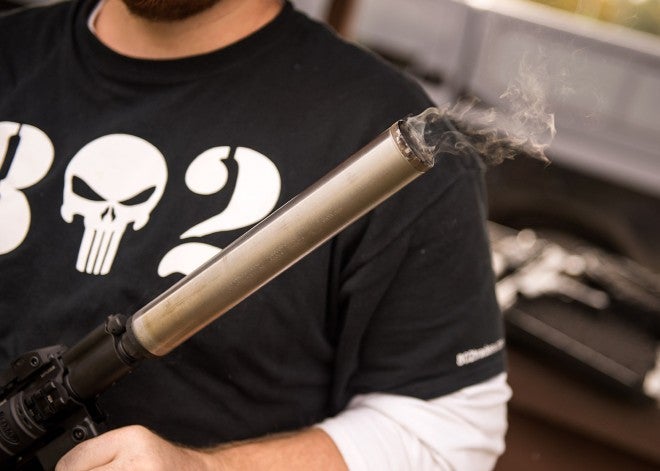On the national stage, Vermont is a state known for ice cream, maple syrup, and progressive politics; but within the firearms community, Vermont is well known for being a sanctum of gun rights that debunks the mainstream medias’ narrative about firearms. Up until this year, the only item tarnishing the states’ otherwise gun-friendly reputation was an ill-conceived fish and game law restricting the manufacture and ownership of suppressors. If you were caught with a suppressor it would be taken away and you’d get a hefty $25 fine! That all changed in July of 2015 when H.5, legislation allowing suppressors, passed into law. While Vermonters still can’t hunt with suppressors, the floodgates are now open and people in the state are buying cans so fast that dealers can barely keep them in stock.
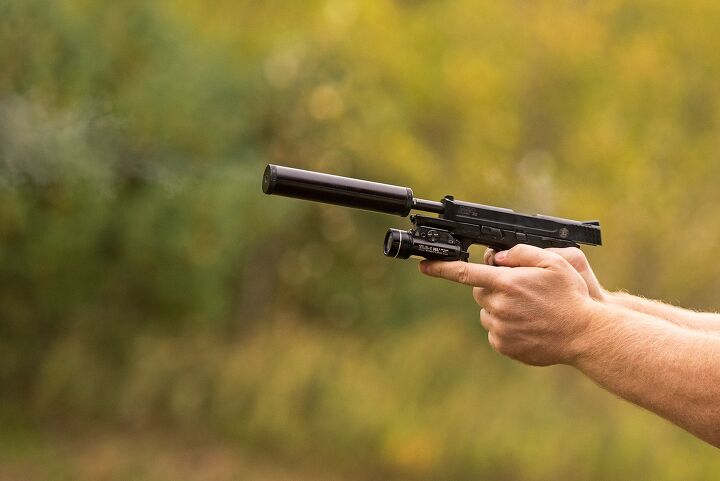
Enterprising ventures, such as Sirearms a subsidiary of 802Traders created shortly after the passing of H.5, were quick to jump on the opportunity to get into the suppressor game. Shortly after learning of their existence, I reached out to Sirearms owner, Shawn Straffin, who offered to take me to the range and get some trigger time with their products. I headed up to their shop in West Burke to see what was being brought to market by the first manufacturer in the state.
Going into this I wasn’t well acquainted with 802Traders or the Sirearms brand, I just knew of them through their activity in the local firearms community. Upon arriving at the range, Shawn gave me a rundown on what he had brought that day. Most of the suppressors were prototypes and development mules, but he did have an example of their first production can that is currently for sale, the Whistler .22LR. It was an impressive lot, ranging from their 5.56 and 7.62 cans, to a 9mm pistol and .22LR cans. With the exception of the M&P .22LR pistol, everything was mounted to full-auto weapons; even the G17 had a giggle switch.
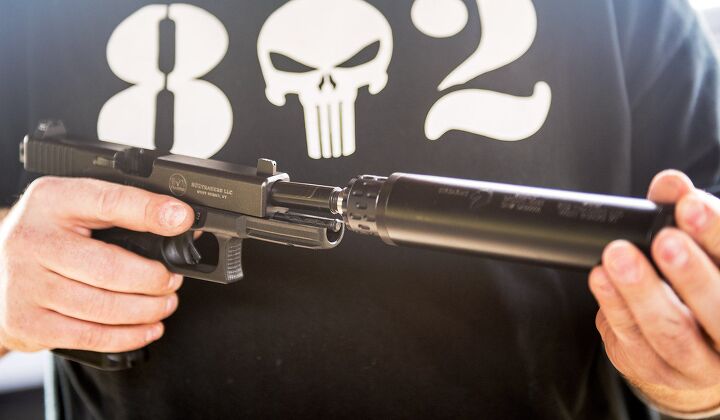
While loading up magazines for our impromptu demo, I got to know more about the company, the products, and Shawns’ vision for Sirearms continued presence in the industry. When I asked him what it was that he has set out to do, he told me; “Our goal with Sirearms is just to create a solid, cost effective product that is made in Vermont that we can continuously innovate upon. We affectionately call it the “Working Man’s Can” in house and are already successful with that section of customer. Our cans may not have the flashy packaging and fit and finish of the big players but they perform great and if anything happens, send it back and we’ll fix it cheap; If you were to shoot the can out completely we re-core the whole thing for $50. We want to keep everyone shooting happily, and the neighbors of the ranges happy too.” This seems like a fairly solid business model to me.
It was clear to me, from the wide variety of suppressors Shawn had brought to the range, that Sirearms is aiming to offer a complete line of products to cover most calibers and applications. At the moment, according to Shawn, their Whistler 22LR is “selling out as fast as we can make them.” When I asked him what the plan moving forward was, he went on to say, “Our next products are going to be for pistols, and will be sold with a booster, then the carbine length Sirearms Scout (5″-8″ 223-.45), a Rifle Length Hunter (9″-11″ 223-.50), as well as a configurable model where the customer can choose their application, length, materials and accessories. That’ll be some time in 2016.” He did candidly tell me that they have already sold one-off suppressors to customers who didn’t want to wait.
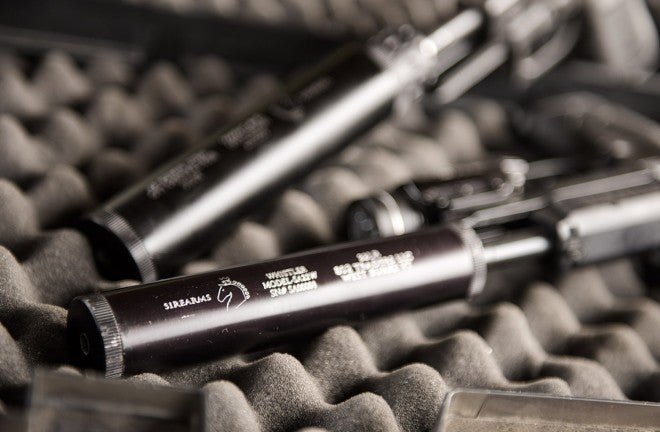
After some additional small talk we were ready to shoot. While I have shot many suppressed weapons in the past, this occasion was special, as it’s the first time I have shot with suppressors in my home state. Now, before anyone reading this gets the wrong idea, this was by no means a formal T&E, so my account of shooting with the suppressors is purely anecdotal. We started out small with the 22LR pistol and rifle. While I have no quantitative figures to present, I’d be confident saying that the Sirearms Whistler .22 LR is most definitely hearing safe. Shawn and I were able to hold a conversation while running through several magazines in his full-auto .22LR AR15, with the gun producing little more than the snap of a .22 bullet and the weapons’ action, with a faint whistle report from the can.
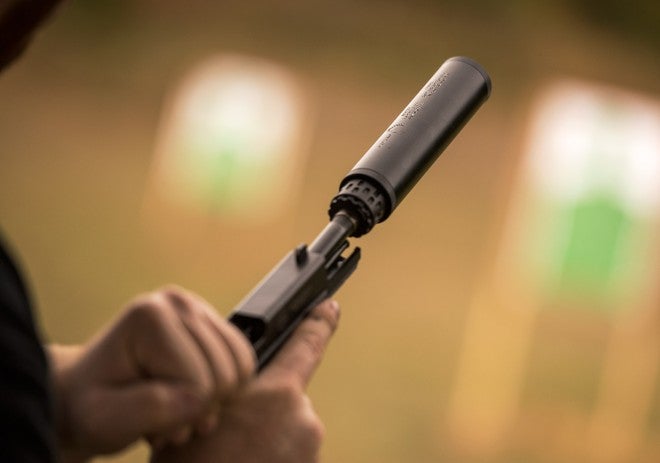
Next we moved onto the 9mm. Here, I wish we had brought some subsonic ammo with us on this range trip. After shooting the Sirearms prototype without ears for a few rounds I was fairly confident that it’s hearing safe; however the supersonic crack of the 115gn ammo really made that hard to assess. The R&D team at 802Traders uses supersonic ammo as their standard, because, as Shawn explained, ”…we shoot supersonic ammo because that’s what our development is focused on. We want to optimize our product for supers because the Working man can’t always buy subs online, but supersonic ammo is at the General stores around here.” I’m sure I’ll get a chance to run some subsonic through one at some point.
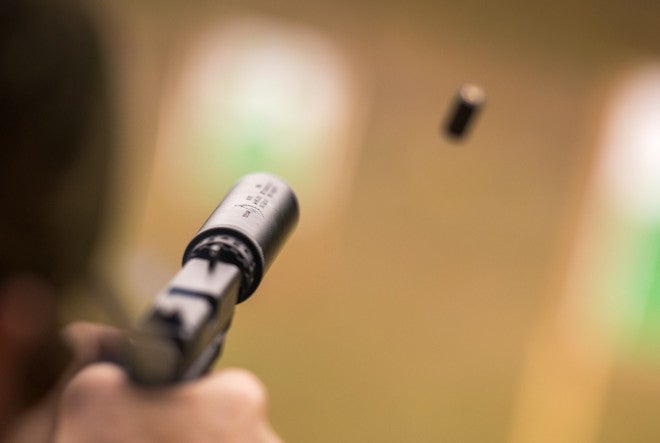
From there, we moved onto the AR15s, one in 300blk and the second a 5.56 with a 7.5” barrel. The 300blk performed as one would expect, but it was the 5.56 that I fixated on. As anyone who has ever shot a Kitty Kat style AR knows, they’re punishingly loud. For the sake of comparison, Shawn ran a mag through it without the Sirearms Hunter prototype suppressor, and one with. With the suppressor, you don’t feel the enormous percussion from the gasses exiting the rifle at pressures nearing 17,000PSI that reverberate in your chest. This is the kind of experience that will sell just about anyone on wanting to get a can, especially if you shoot a lot of short barreled rifles like I do.
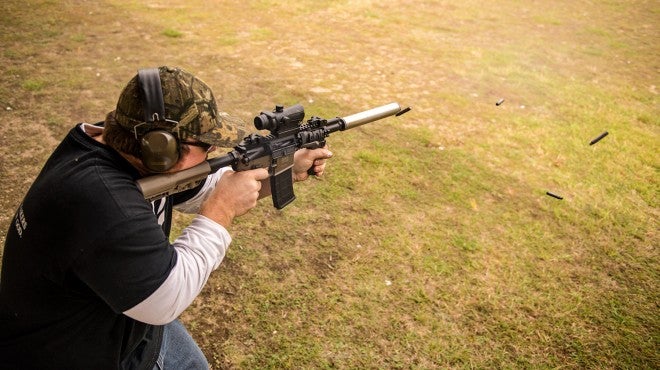
I am curious to see how the Sirearms suppressors perform head to head with other brands, and what kind of results would be generated through formal testing. I’m also very excited to try the monolithic core design they’re developing once it’s ready for prime time; it wasn’t available when I visited. For products that are designed to be economical and highly serviceable, I was impressed, overall. At the end of the day, it was the little .22LR Whistler that I came back to for my last few minutes of trigger time. There is something I find irresistibly satisfying about being able to rip through entire magazines, and doing it in total comfort. Additionally, the increased situational awareness afforded by not having to wear hearing protection, and knowledge that bystanders and close neighbors are undisturbed by noise is wonderful. A suppressed .22LR is something every avid shooter should have. For me personally, the prospect of eventually getting a .22LR can is what excites me the most.
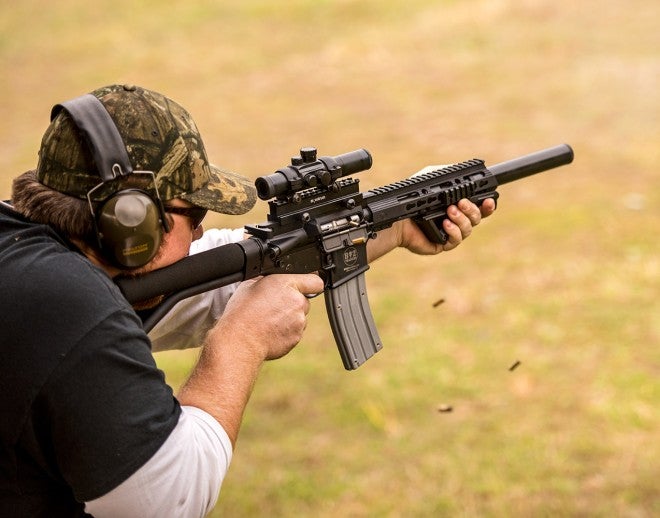
Once all the fun was over we got back to conversation, which quickly turned to H.5, and what it means for Vermont and its’ native firearms industry. One thing that concerned me when the bill was passed was that is has a 2 year sunset, but Shawn was quick to assure me that if things keep going the way they are, that it won’t be an issue. When I asked him if it’s something that concerned him regarding the longevity of Sirearms, he responded, “Not really, if Vermont is one thing it is job sensitive, if we can show that the manufacturing of suppressors is a viable way of creating new skilled jobs in the state, at least 10 total by then (referring to the two year probation period), it will have stay. That’s not only coming from me as an SOT and class 2 manufacturer but, a small business owner and a Gubernatorial Appointee and board member for the Vermont Economic Progress Council. We hope that this initiative will bring young, hungry and enterprising manufacturers to our state looking for skilled labor.” If companies are able to create opportunities in the state, I’m sure there will be plenty of enthusiastic applicants.
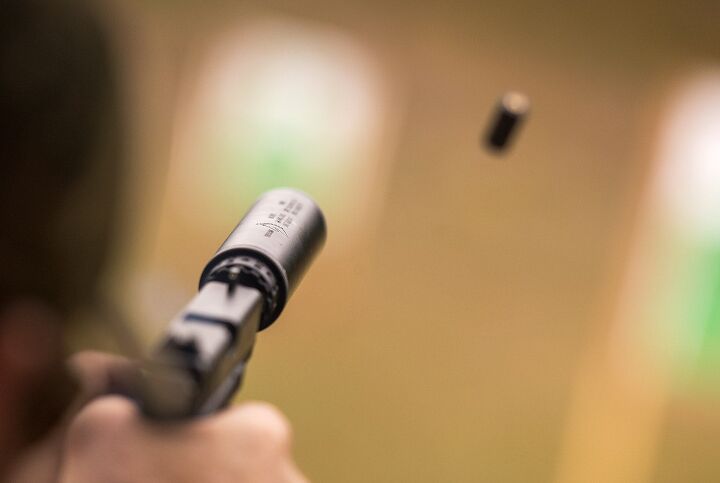
So far, the passage of H.5 seems to be a positive for Vermont, as it addresses several issues facing the state. When pending Form 4s get approved, the large population of shooters will be able to enjoy their ranges in greater comfort and safety. Well-established Vermont ranges have been under increasing threat from new neighbors who complain about the noise; H.5 will certainly help to diffuse tension among nearby residents. Ultimately, the most important factor for measuring the success of H.5 will be the economic benefits of job creation. With large military contractors like General Dynamics operating in Vermont the potential for job growth is substantial. However, that is not to say that potential growth in the private sector isn’t just as important. About a week after my visit with Shawn, 802Traders announced via social media that they had hired their third employee to help run the Sirearms brand. If this is any indicator of things to come it looks like there will be a bright future for suppressors in Vermont.
 Your Privacy Choices
Your Privacy Choices
